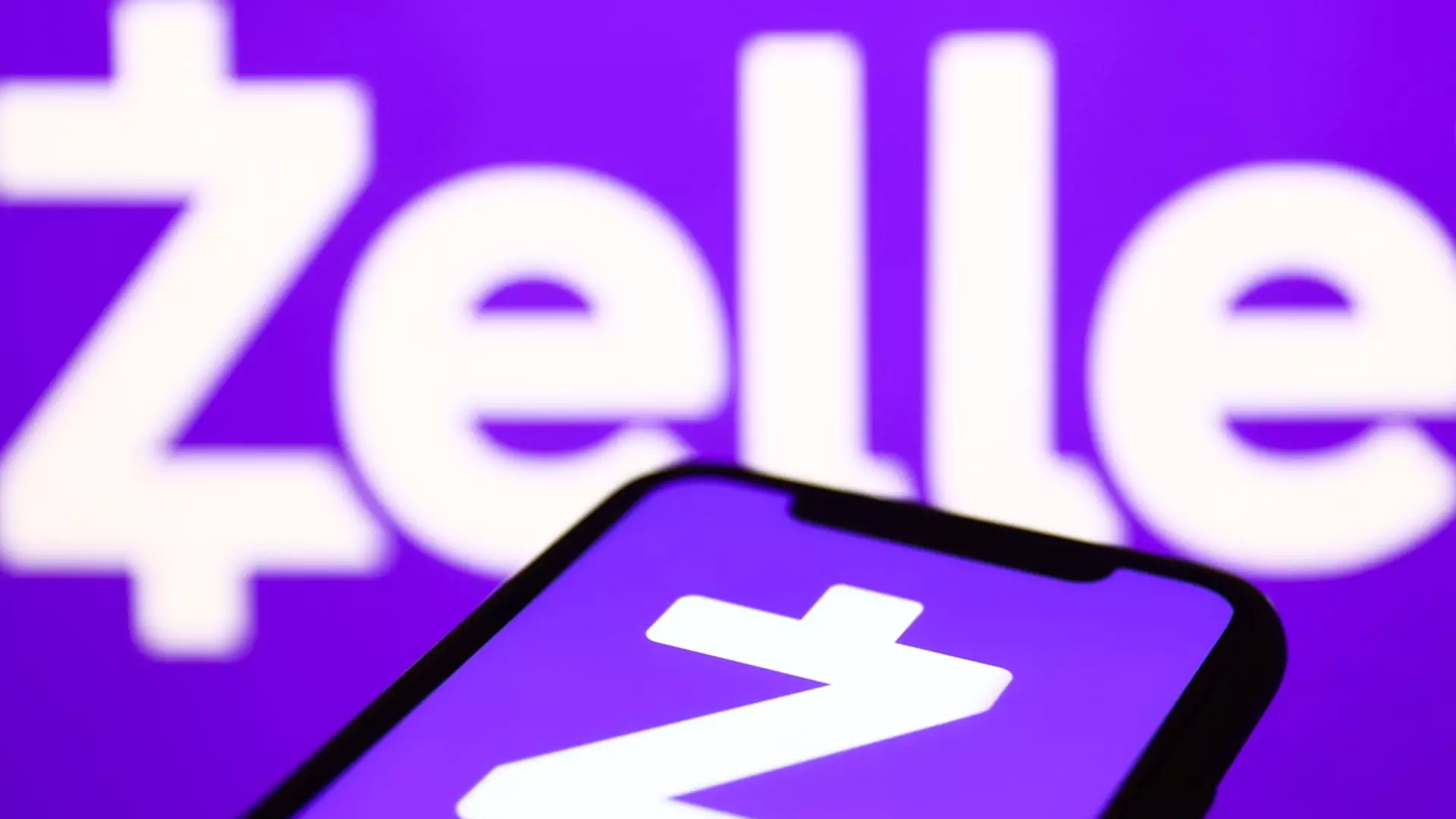The peer-to-peer (P2P) payment landscape has undergone significant transformation over the past few years, with Zelle emerging as a dominant force. Launched in 2017, the platform has rapidly gained traction, recently surpassing a remarkable milestone of $1 trillion in total transaction volumes in 2023. This achievement is not just a number; it signifies Zelle’s position as a leading player among P2P payment networks, outpacing many of its competitors in a highly competitive space.
Zelle’s user base has seen an impressive 12% increase, reaching approximately 151 million accounts in early 2024. This growth reflects a broader shift in consumer behavior as users adopt digital payment methods over traditional cash and checks. The increase in active accounts is a clear indicator that Zelle’s integration within bank apps appeals to a diverse range of customers, reinforcing its utility in everyday transactions.
The total amount sent through Zelle has jumped by 27%, illustrating a growing confidence in the platform. According to Denise Leonhard, the general manager of Zelle, last year witnessed the highest payment volumes in the history of P2P services, eclipsing even the performance of PayPal, which reported over $400 billion in total P2P payments. Zelle’s swift rise can be attributed to its unique value proposition as it offers instant transfers which can be conducted directly within the apps of member banks—a feature not universally offered by competitors like CashApp and Venmo.
One of Zelle’s distinguishing advantages lies in its backing by major U.S. banks, including JPMorgan Chase, Bank of America, and Wells Fargo. This strong banking foundation not only enhances Zelle’s credibility but also facilitates immediate money transfers, making it especially appealing for users who prioritize speed and reliability. The convenience of accessing Zelle through their existing banking apps allows customers to seamlessly incorporate the service into their financial routines without the need to download separate applications.
Despite Zelle’s meteoric rise, it has not been without criticism. Reports have surfaced regarding the platform’s handling of fraud allegations and the lack of adequate reimbursement for victims. Acknowledging these challenges, Zelle has implemented measures to mitigate risks, claiming that an impressive 99.95% of transactions are free from fraud. However, the company continues to navigate the complexities associated with consumer trust in a digital-first landscape, especially as users become increasingly aware of scams.
Zelle’s growth trajectory aligns with a notable shift in payment preferences among consumers and small businesses alike. As people grow more accustomed to digital transactions, functionalities such as paying rent or tracking nanny payments become more streamlined through Zelle. These everyday use cases indicate a significant cultural shift towards adopting digital payments, and Zelle’s ability to facilitate such transactions positions it well for future growth.
Zelle’s rapid growth reflects not only a robust digital payment solution backed by trusted financial institutions but also the evolving preferences of consumers. While facing challenges regarding fraud, Zelle’s commitment to enhancing security and scaling its user base positions it as a significant competitor in the P2P payment space. As digital transactions become the norm, Zelle is poised to continue its expansion, serving an ever-increasing number of users embracing a cashless future.


Leave a Reply